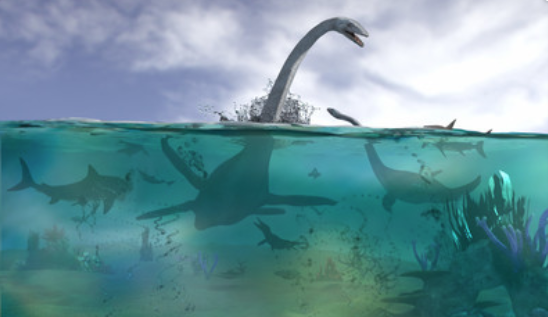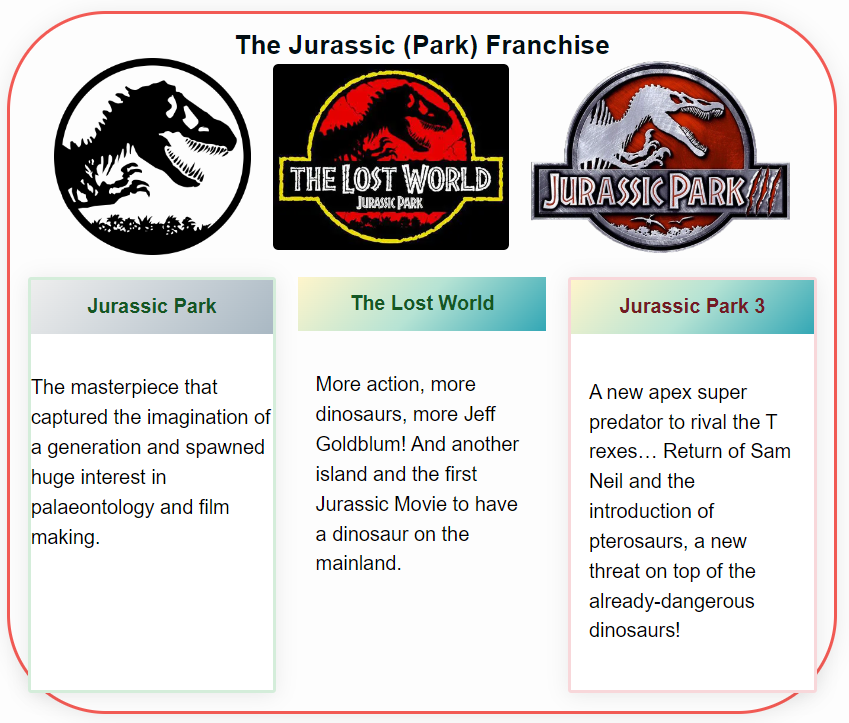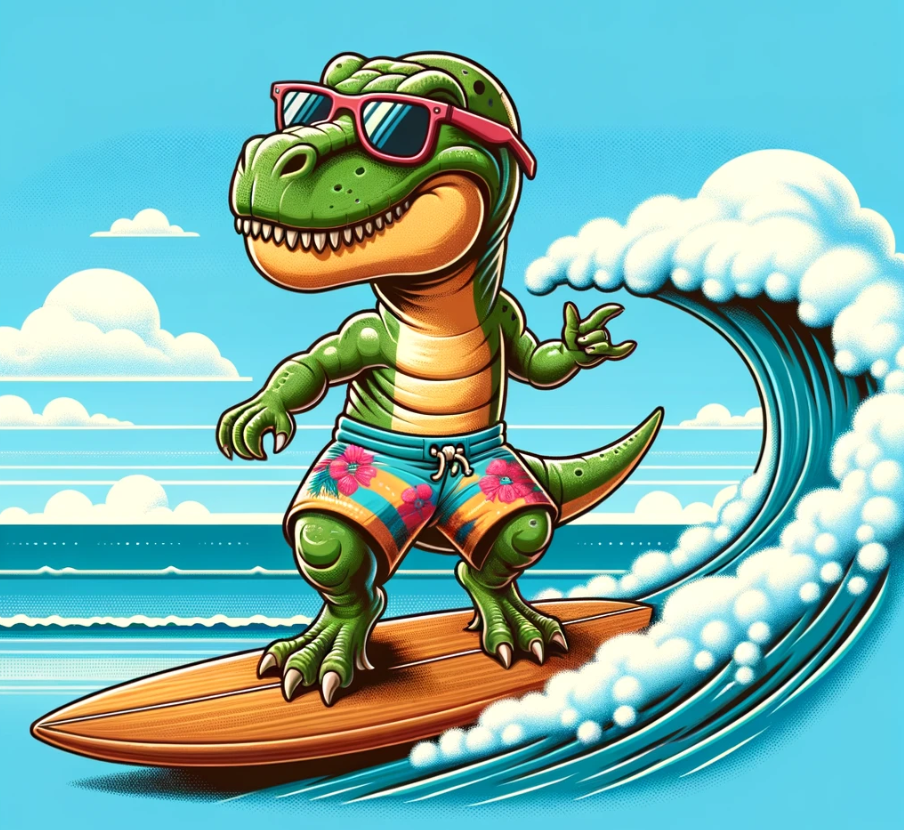Prehistoric marine reptiles were a diverse group of reptiles that lived in the seas and oceans during the Mesozoic Era, which spanned from about 252 million to 66 million years ago. These marine reptiles were not dinosaurs, but they lived at the same time as them and occupied a similar ecological niche as modern marine animals such as whales and dolphins.
The Different Types of Marine Reptile
The most well-known group of prehistoric marine reptiles are the ichthyosaurs, which were torpedo-shaped and resembled dolphins or porpoises. Ichthyosaurs first appeared in the early Triassic period, about 248 million years ago, and they quickly diversified into many different forms.
Some ichthyosaurs, such as Shonisaurus popularis, were among the largest marine animals that ever lived, measuring up to 21 meters in length.
Ichthyosaurs had a streamlined body with a long, pointed snout, and they propelled themselves through the water using their powerful tails.
Another group of prehistoric marine reptiles were the plesiosaurs, which had four flippers and long, flexible necks. Plesiosaurs first appeared in the late Triassic period, about 205 million years ago, and they persisted until the end of the Cretaceous period, about 66 million years ago.
Plesiosaurs were very different from ichthyosaurs in terms of their body shape, and they probably swam by flapping their four flippers, much like sea turtles do today. They would have hunted fish and other marine creatures.
Some plesiosaurs, such as Elasmosaurus, had necks that were over six meters long, making them some of the most distinctive and unusual creatures of the Mesozoic era.
A third group of prehistoric marine reptiles were the mosasaurs, which were giant, carnivorous lizards that lived during the late Cretaceous period, about 70 to 66 million years ago. Mosasaurs were powerful swimmers that lived in the open ocean, and grew to enormous sizes, with some species measuring up to 17 meters in length. Mosasaurs had long, pointed snouts filled with sharp teeth, and they were capable of hunting and eating large prey such as other marine reptiles and fish. and were the dominant marine reptiles of their time.
Examples of animals that lived alongside mosasaurs include sharks, ammonites, and plesiosaurs.
Mosasaurs were brought into the mainstream media in recent years thanks to the immense Mosasaurus in Jurassic World and Jurassic World Fallen Kingdom.
Other lesser-known groups of prehistoric marine reptiles included the Placodonts, which were heavily armoured reptiles that fed on shellfish and other hard-shelled invertebrates, and the Thalattosaurs, which were small, lizard-like reptiles that probably swam using their flattened tails and webbed feet.
The Extinction of Prehistoric Marine Reptiles
The reasons for the extinction of prehistoric marine reptiles are still not entirely clear, but several factors may have contributed. The end of the Cretaceous period, about 66 million years ago, saw a mass extinction event that wiped out the non-avian dinosaurs, as well as many other groups of animals. Climate change, sea level fluctuations, and competition from other marine predators may have also played a role in the decline of prehistoric marine reptiles.
Much like the Dinosaurs throughout the Mesozoic, there were actually numerous mass extinctions before the big one at the end of the Cretaceous, marking an end to the Mesozoic as a whole.
Despite their extinction, the legacy of prehistoric marine reptiles lives on in the fossil record, which provides scientists with a fascinating window into the ancient world of the Mesozoic era. Today, their fossils continue to be unearthed and studied, and they continue to inspire awe and wonder in people around the world who are fascinated by the incredible diversity of life that once existed in the world’s oceans.
Modern Marine Reptiles
There are, of course, still marine reptiles alive today. Many of which were around during the time of the dinosaurs. This could well place them amongst some of the most successful and well adapted groups of animals ever to exist on Earth. But that could just be because reptiles are my favourite groups of animals so I’m a little bit biased…
Overall, modern marine reptiles have evolved over millions of years to adapt to life in the ocean. Some, like sea turtles, have been around for over 150 million years, while others, like marine iguanas, are more recent additions to the group.
Different Types of Modern Marine Reptiles
Modern marine reptiles are a diverse group of creatures that have evolved over millions of years. Here are some of the main types:
Sea Turtles: Sea turtles are one of the oldest marine reptiles, dating back to the Late Jurassic period, over 150 million years ago. They are found in warm and temperate waters around the world, and are known for their distinctive shells and flippers. There are seven species of sea turtles alive today, including the loggerhead, green, and leatherback turtles.
Saltwater Crocodiles: Saltwater crocodiles, also known as estuarine crocodiles, are the largest living reptile and have been around for over 80 million years. They can be found in the saltwater habitats of Southeast Asia and Northern Australia. Saltwater crocodiles are known for their size and strength, and are apex predators in their ecosystems.
Marine Iguanas: Marine iguanas are found exclusively in the Galapagos Islands and are the only sea-going lizards. They have evolved to feed on algae that grows on the rocks in the intertidal zone, and have adapted to hold their breath underwater for up to an hour.
Sea Snakes: Sea snakes are venomous reptiles that have evolved to live in the oceans, and can be found in tropical waters around the world. They are fully adapted to life in the water and are able to hold their breath for long periods of time.
Much like the Dinosaur species we’re covering at Dinosaurs Everywhere, we’re aiming to cover well known and lesser known species here so we can help build a picture of these amazing creatures for everyone to enjoy!
Here is a list of discovered marine reptiles so far:
- Aigialosuchus
- Aigialosaurus
- Aletochelys
- Nothosaurus
- Plesiosaurus
- Pliosaurus
- Ichthyosaurus
- Mosasaurus
- Stejnegersaurus
- Thalattosaurus
- Cymbospondylus
- Saurosuchus
- Mesosaurus
- Crocodylomorpha
- Protorosaurs
- Thalattosaurs
There are always new discoveries and often known fossils get reclassified but we always try to keep up to date!


